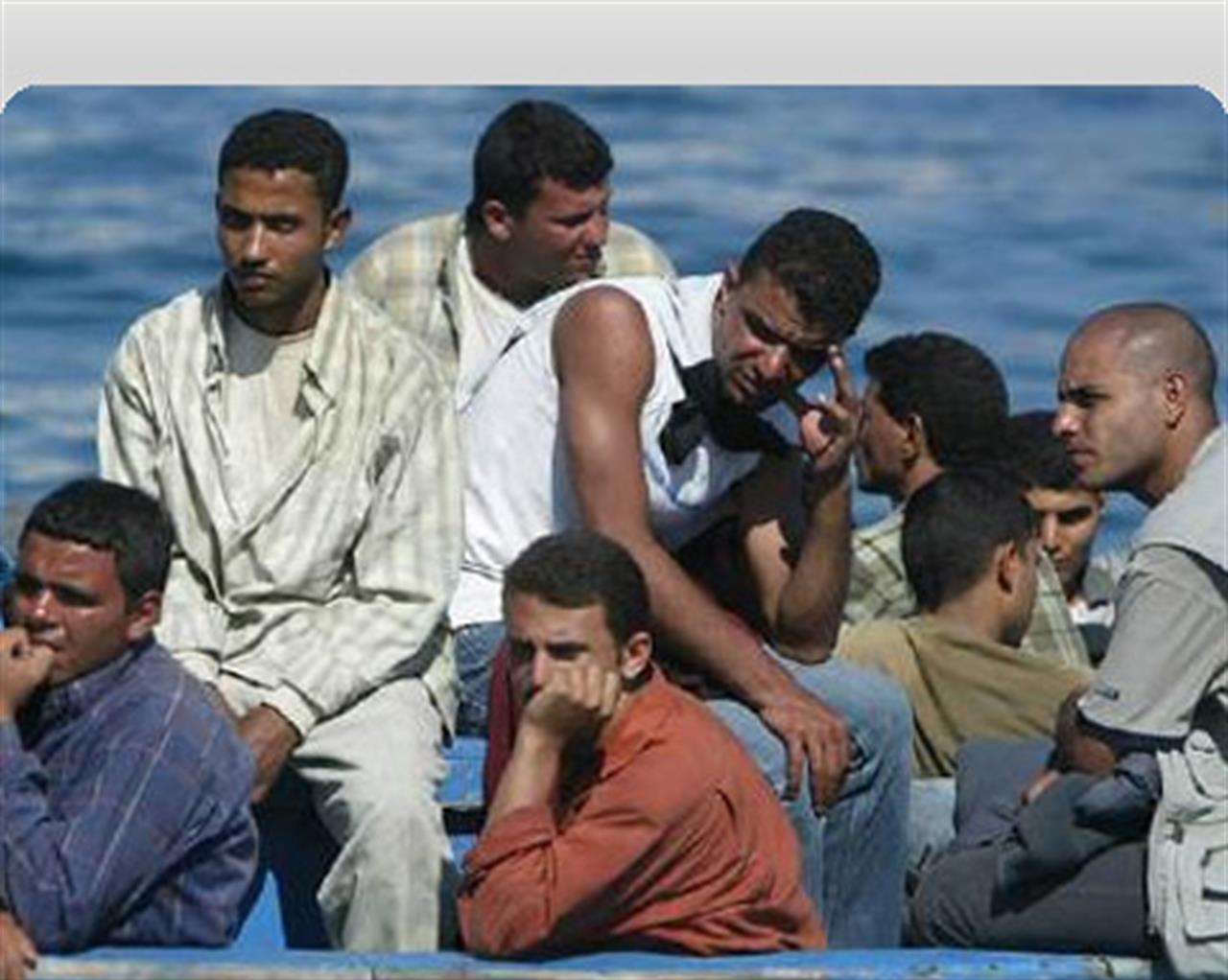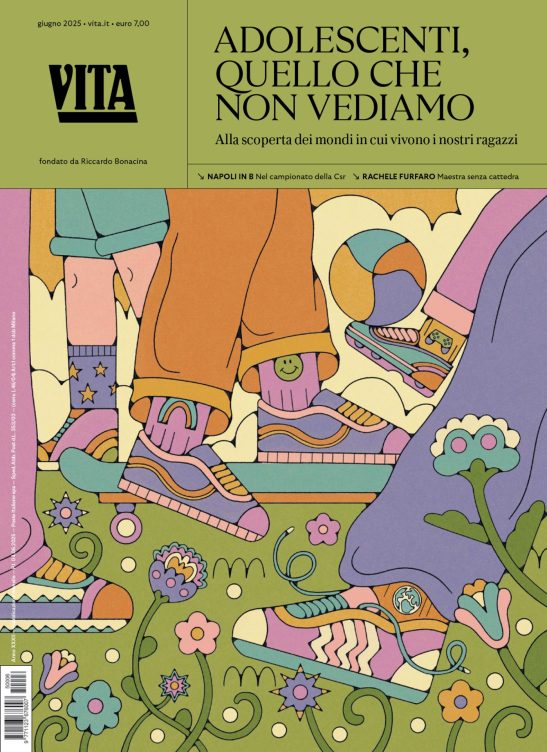Non profit
Reportage from Sant’Anna, Europe’s largest refugee camp
By Gabriele del Grande, Fortress Europe
di Staff

At 10 am it is already too hot inside the tents. There isn’t even a breath of fresh air. The grey canvas is stained with the blood of dozens of mosquitoes squashed during the night by Ahmed and hi 2 companions. They are from Sudan. They survived the genocide in Darfur and after 5 months in Libya managed to sail to Lampedusa. Italy has hosted them for 40 days on sheetless foam mattresses, under tents that lack both electricity and water. The bathrooms are 300 metres away. This camp made of tents is the newest housing arrangement in what is the largest centre for asylum seekers in Europe. We are in the province of Crotone, Calabria. The Sant’Anna centre is opposite the airport that shares the same name. Since it was opened, during the time when Kosovan refugees landed in Puglia, in 1999, more than 70 thousand people have passed through the walls of this ex- military base. More than 7,000 in 2007 alone.
On August 4 2008 there are 1,677 places of a total of 1,698 taken. About 1,200 people are hosted in the 160 yellow, green and blue containers in the four A, B, C and D sections of the camp. Eight per container. Then there are the 240 places in the 30 blue tents set up this summer by the Italian Ministry of Defence to deal with the increased number of landings in Sicily. And then there are the 256 places in the Cara apartments, Cara standing for “shelter for asylum seekers”. This new section, made of bricks, was inaugurated in May 2008 and is kept for women and children and families. Not far away is the old Cpt, as refugee centres used to be called in Italy (centres for temporary permanence), surrounded by a 5 metre high cement wall; it was closed in may 2007.
Two thirds of the “guests” are sent by plane directly from Lampedusa. The rest, mainly Iraqis and Afghanis travel to Italy from Greece, hidden on one of the many ferry boats that leave Patra destined to Italy’s Adriatic ports. One out of every people at Sant’Anna is from Afghanistan (424 of the 1,677 on August 4, 2008). Then there are the Nigerians (259 people), the Somalis (229), Ghanaians (158), Iraqis (147), Eritreans (144), Ivorians (79) and Togolese (65). But there are more than 40 nationalities. Compared to last year, the North Africans have all but disappeared, there is only one Moroccan woman and 2 Algerians. There are 130 women and 43 minors. Especially for them there are: a laboratory for women, a playroom and an Italian school for the children.
But it isn’t all the women that are housed in the Cara. Nor all the children. There are 52 women, 19 minors and 2 newly born babies in the containers. The bodies in charge of managing the centres – Caritas and Misericordia – do their best to manage a centre the size, at least in numbers, of a small town. Every Wednesday there are meetings with the representatives of the various national communities. There is a school that, in groups of 20, teaches Italian to 400 people a day. Religious holidays, independence celebrations and the day of remembrance for Darfur are celebrated. There is a small chapel for prayer and a room has been turned into a mosque. There are playing fields. The centre has even been visited by 300 schoolchildren. And yet there is no canteen. The people retrieve their breakfast and meals under the sun, in the courtyard, lines kept by policemen that indicate, with their batons, what order is to be kept. Food is eaten in the containers or outside, in the courtyard. But at least there is air conditioning in the containers, although many people say they have neither sheets nor soap to wash with. (Translation by vitaeurope.org)
Find out more: http://fortresseurope.blogspot.com
Read more: The refugee who came from the sea
Cosa fa VITA?
Da 30 anni VITA è la testata di riferimento dell’innovazione sociale, dell’attivismo civico e del Terzo settore. Siamo un’impresa sociale senza scopo di lucro: raccontiamo storie, promuoviamo campagne, interpelliamo le imprese, la politica e le istituzioni per promuovere i valori dell’interesse generale e del bene comune. Se riusciamo a farlo è grazie a chi decide di sostenerci.
